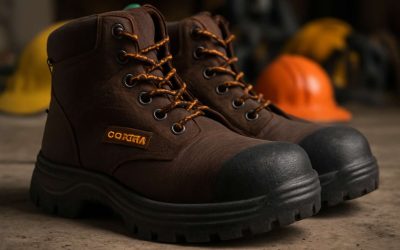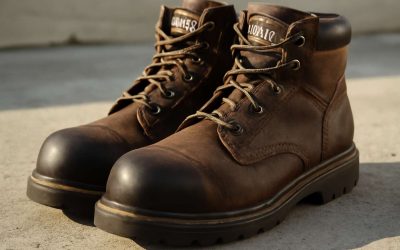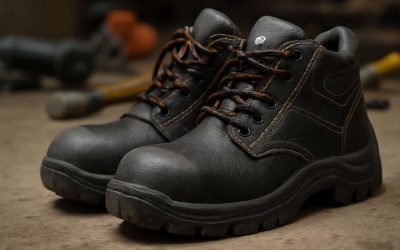Discover the Best in Safety Footwear
Your Guide to Choosing the Right Safety Boots
Explore our comprehensive resources to ensure you select the perfect safety boots for your needs, focusing on protection, comfort, and compliance with industry standards.
Latest Articles on Safety Boots
Discover Unbeatable Deals on Pioneer Safety Boots Price: Your Ultimate Workwear Investment!
Understanding Pioneer Safety BootsWhat Are Pioneer Safety Boots?When it comes to worksite safety, few brands deliver as reliably as Pioneer Safety Boots. These boots are designed with durability and comfort in mind, making them a staple for many industries across...
Top 10 Durable and Comfortable Steel Toe Safety Boots for Men to Protect Your Feet in Style
Understanding Steel Toe Safety BootsWhat Are Steel Toe Safety Boots?In the shadowed corridors of industry and labor, where danger lurks in every corner, steel toe safety boots for men stand as silent guardians—armored shields forged from resilience. These boots are...
Find Comfortable and Durable Safety Boots Size 4 for Ultimate Workplace Protection
Understanding Safety Boots Size 4What Does Size 4 Mean in Safety Boots?Understanding safety boots size 4 is crucial when selecting the right footwear for demanding jobs. This size, often considered small, actually plays a significant role in ensuring proper fit and...
Key Features of Quality Safety Boots
Durability and Longevity
Learn about materials and construction techniques that ensure your safety boots withstand the toughest conditions.
Comfort and Fit
Discover how to choose boots that provide optimal comfort and support for long hours on your feet.
Safety Standards Compliance
Understand the importance of selecting boots that meet industry safety standards and regulations.
Water and Slip Resistance
Find out why water and slip resistance are crucial features for maintaining safety in various work environments.

Safety Boot Maintenance Tips
Proper maintenance of safety boots is crucial to ensure their longevity and effectiveness. Start by cleaning your boots regularly with a soft brush to remove dirt and debris. Use a damp cloth for stubborn stains and let them air dry naturally. Apply a leather conditioner monthly to keep the material supple and prevent cracking. Always store your boots in a cool, dry place away from direct sunlight to avoid damage. Regularly inspect your boots for wear and tear, and replace them if the soles or protective features are compromised.

Understanding Protective Footwear Standards
Industry Standards for Safety Boots
Safety boots must adhere to specific industry standards to ensure they provide adequate protection in the workplace. In South Africa, these standards are governed by the South African Bureau of Standards (SABS) and align with international guidelines. Key standards include impact resistance, slip resistance, and electrical hazard protection. Each pair of safety boots should be clearly marked with the relevant standard codes, such as SABS 20345, indicating compliance with the necessary safety requirements. Understanding these standards helps you choose the right footwear for your specific industry needs.
It’s essential to familiarize yourself with the various standards that apply to safety footwear. For instance, the EN ISO 20345 standard specifies the basic requirements for safety shoes, including toe protection against a 200-joule impact. Additional specifications may cover aspects like water resistance and thermal insulation. By selecting boots that meet these standards, you ensure maximum protection and comfort in hazardous environments. Stay informed and choose wisely to keep your feet safe at work.


